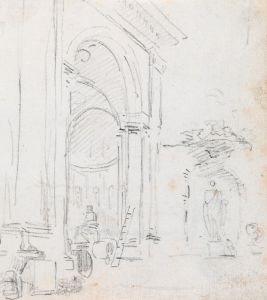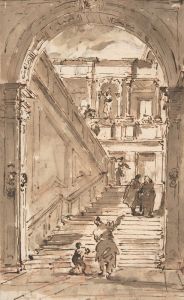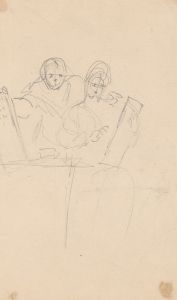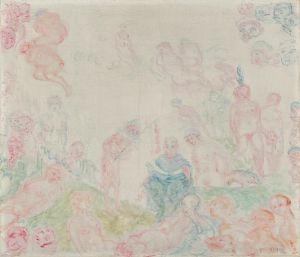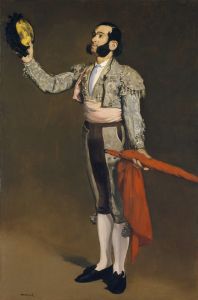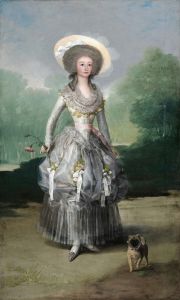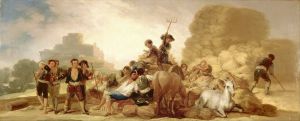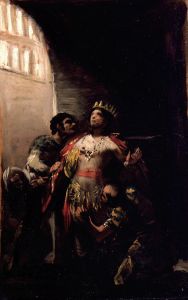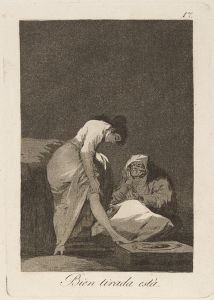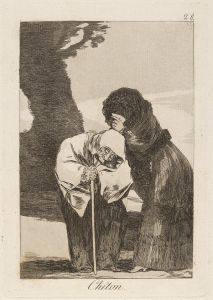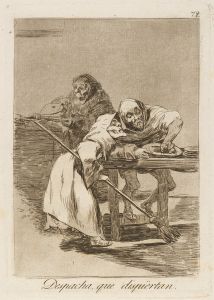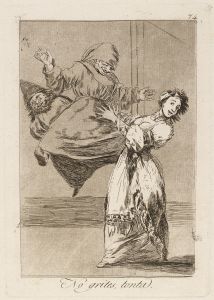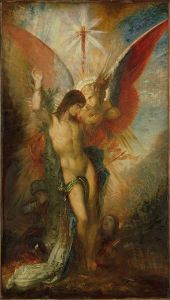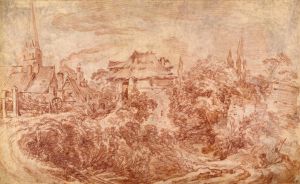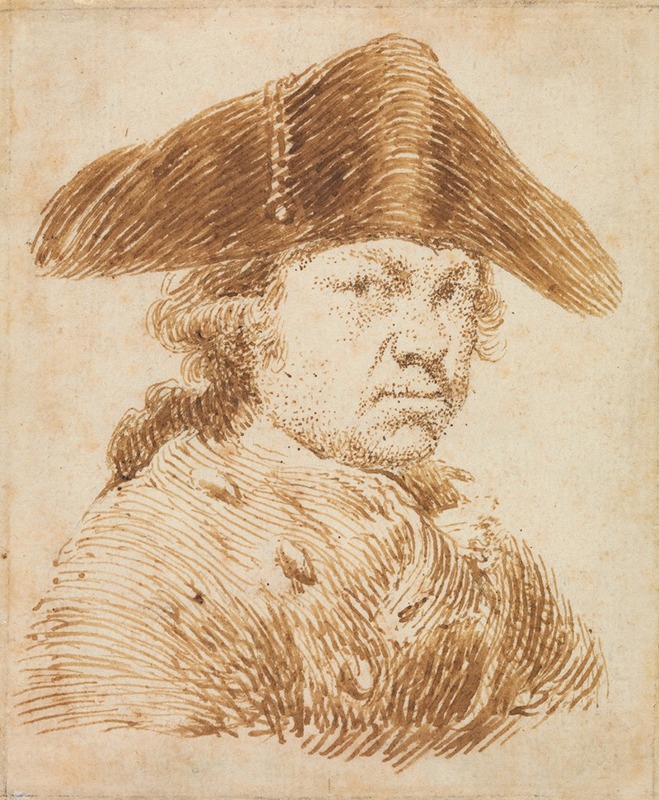
Self-Portrait in a Cocked Hat
A hand-painted replica of Francisco de Goya’s masterpiece Self-Portrait in a Cocked Hat, meticulously crafted by professional artists to capture the true essence of the original. Each piece is created with museum-quality canvas and rare mineral pigments, carefully painted by experienced artists with delicate brushstrokes and rich, layered colors to perfectly recreate the texture of the original artwork. Unlike machine-printed reproductions, this hand-painted version brings the painting to life, infused with the artist’s emotions and skill in every stroke. Whether for personal collection or home decoration, it instantly elevates the artistic atmosphere of any space.
Francisco de Goya, one of Spain's most renowned painters, is celebrated for his profound impact on the art world during the late 18th and early 19th centuries. Among his extensive body of work is the piece known as "Self-Portrait in a Cocked Hat." This artwork is a notable example of Goya's self-portraiture, a genre he explored throughout his career to convey his evolving self-image and artistic identity.
"Self-Portrait in a Cocked Hat" is believed to have been created around 1790-1795, a period when Goya was serving as a court painter to the Spanish Crown. This role provided him with the opportunity to paint portraits of the Spanish aristocracy and royalty, which significantly influenced his style and technique. The self-portrait is an oil painting that captures Goya wearing a traditional cocked hat, a fashion accessory that was popular among the elite during that era. The hat itself is a prominent feature in the painting, symbolizing Goya's status and his connection to the upper echelons of society.
In this self-portrait, Goya presents himself with a direct gaze, engaging the viewer with a sense of immediacy and introspection. The use of light and shadow in the painting highlights Goya's facial features, emphasizing his expressive eyes and the contours of his face. This technique reflects Goya's mastery of chiaroscuro, a skill he employed to bring depth and realism to his portraits.
The background of the painting is relatively simple, allowing the focus to remain on Goya's visage and attire. This simplicity is characteristic of many of Goya's portraits, where the emphasis is placed on the subject rather than elaborate settings. The muted color palette, consisting of earthy tones and subtle contrasts, further accentuates the solemn and contemplative mood of the portrait.
Goya's self-portraits are often seen as a window into his personal life and his psychological state. During the time "Self-Portrait in a Cocked Hat" was created, Goya was experiencing significant changes in his life, including a mysterious illness that left him deaf. This personal turmoil is thought to have influenced his work, leading to a more introspective and sometimes darker approach to his art.
While "Self-Portrait in a Cocked Hat" is not as widely discussed as some of Goya's other works, such as "The Third of May 1808" or "Saturn Devouring His Son," it remains an important piece within his oeuvre. It provides insight into Goya's self-perception and his ability to convey complex emotions through portraiture. The painting is a testament to Goya's skill as a portraitist and his enduring influence on the art world.
Today, Goya's self-portraits, including "Self-Portrait in a Cocked Hat," are studied for their artistic merit and their contribution to the understanding of the artist's life and times. They offer a glimpse into the mind of a man who witnessed and documented the social and political upheavals of his era, leaving a lasting legacy that continues to inspire artists and art enthusiasts alike.





